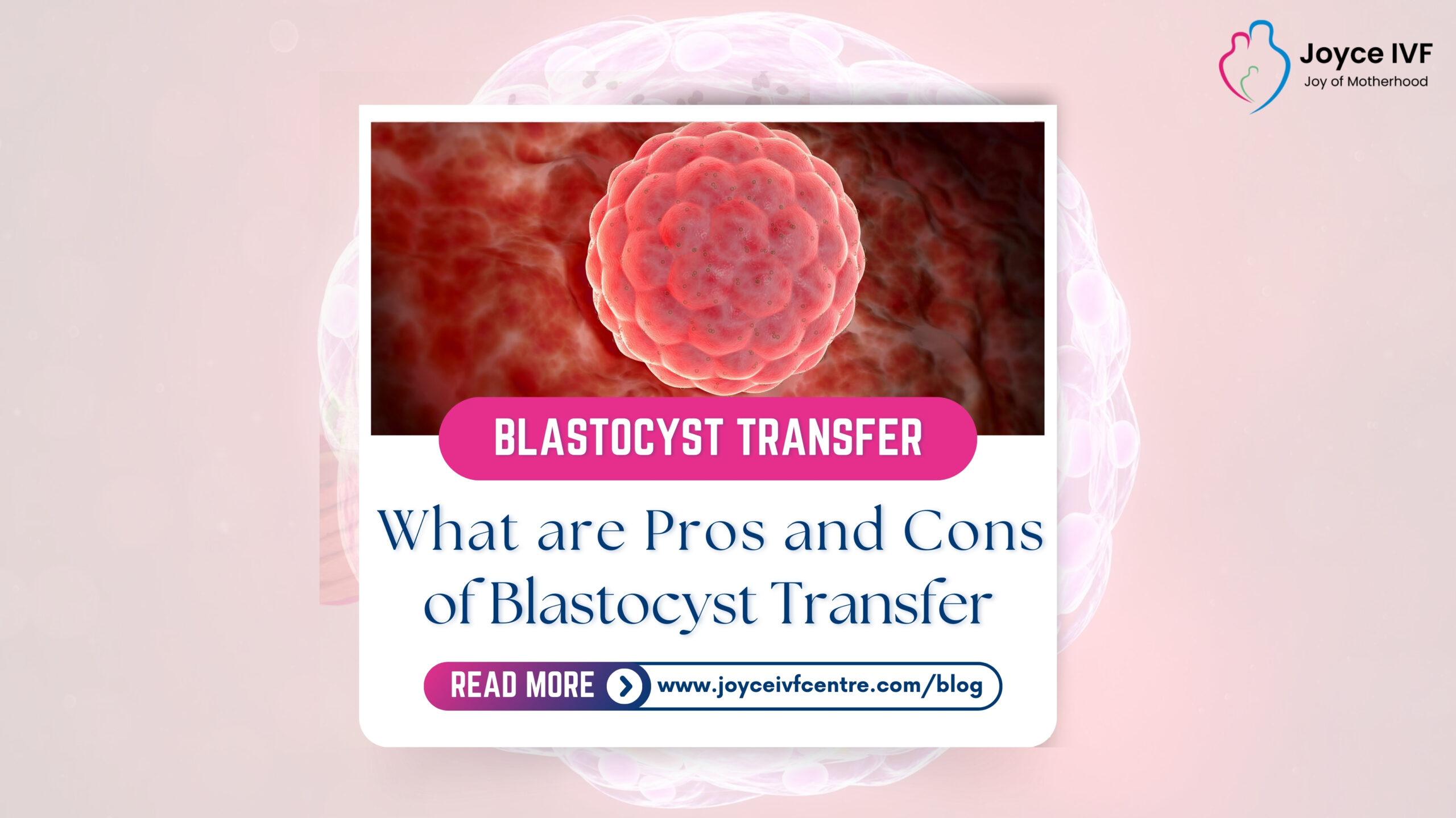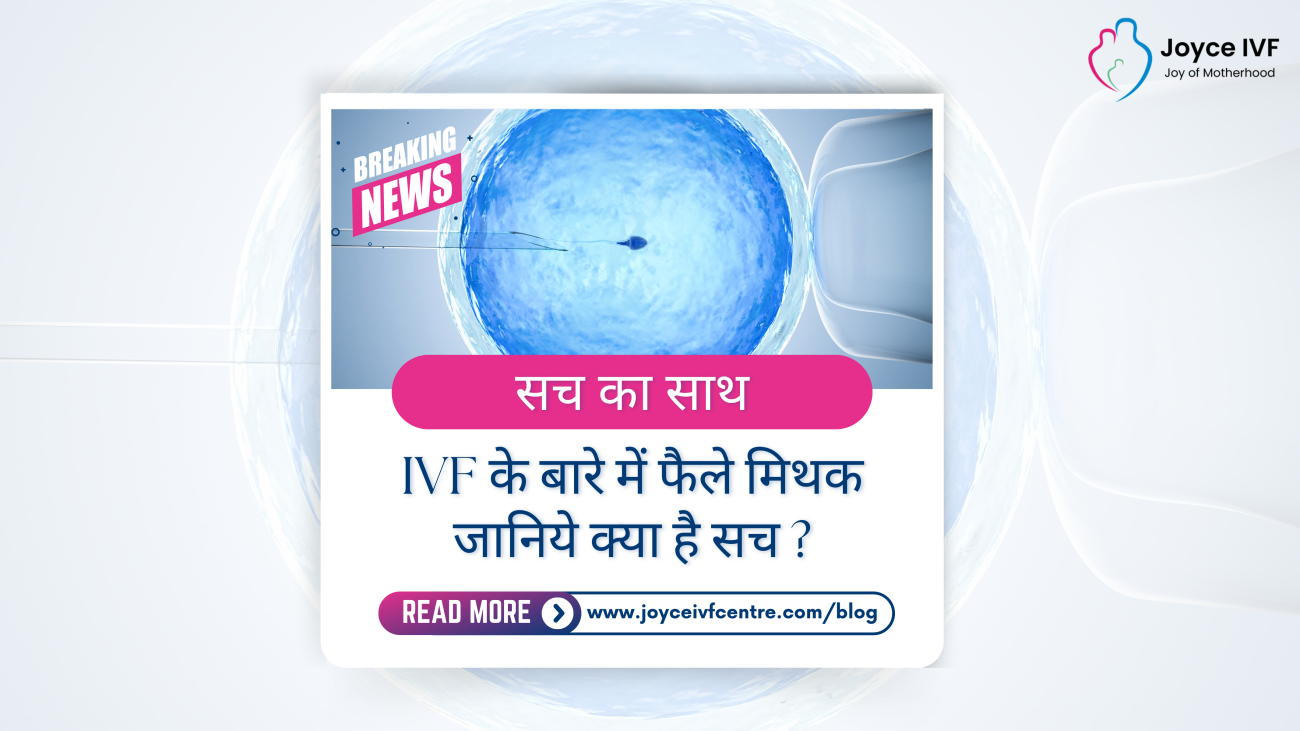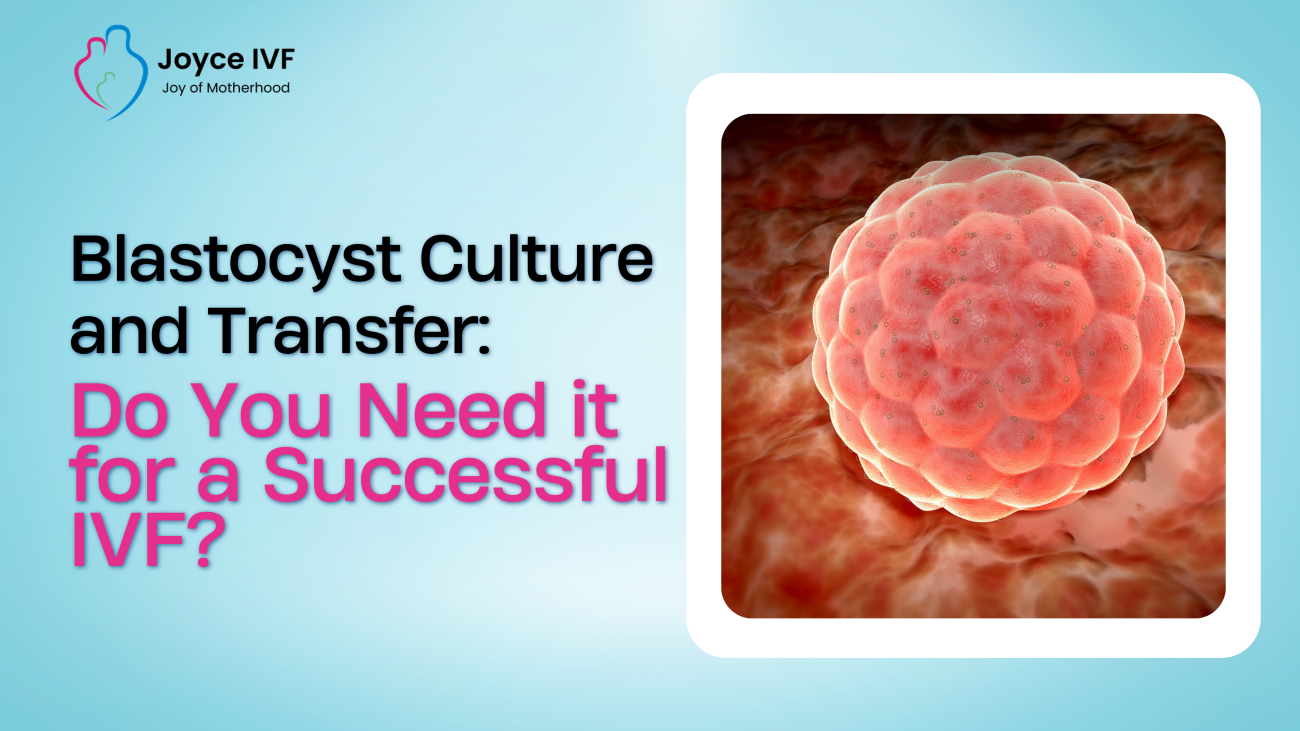Are you considering undergoing a blastocyst transfer procedure but unsure of its pros and cons? In this article, we will delve into the benefits and drawbacks of frozen blastocyst transfer to help you make an informed decision.
What is Blastocyst Transfer?
Before discussing the pros and cons, let’s first understand what blastocyst transfer entails. Blastocyst transfer is a technique used during in vitro fertilization (IVF) where embryos are grown in the laboratory for a few days until they reach the blastocyst stage. At this point, one or more high-quality embryos are selected and transferred into the uterus with the goal of achieving a successful pregnancy.
Pros of Blastocyst Transfer
- Higher Pregnancy Success Rates: One of the main advantages of blastocyst transfer is that it has been shown to have higher pregnancy success rates compared to transferring embryos at an earlier stage. This is because blastocysts are more developed and have a higher chance of implanting in the uterine wall.
- Reduced Risk of Multiple Pregnancies: By transferring fewer but higher quality blastocysts, there is a lower risk of multiple pregnancies, which can be associated with higher health risks for both the mother and the babies.
- Improved Selection of Embryos: With blastocyst transfer, embryologists have more time to observe the embryos and select the healthiest and most viable ones for transfer. This can increase the chances of a successful pregnancy and reduce the likelihood of miscarriage.
- Enhanced Implantation Rates: Blastocysts have already started the process of hatching out of their outer shell, which makes them more likely to successfully implant in the uterus and develop into a healthy pregnancy.
Cons of Blastocyst Transfer
- Extended Culture Period: One of the main drawbacks of blastocyst transfer is the extended culture period required for the embryos to reach the blastocyst stage. This can increase the time spent in the laboratory and may result in higher costs for the patient.
- Lower Number of Embryos Available: Not all embryos will develop into blastocysts, so there may be fewer embryos available for transfer. In some cases, this may limit the number of embryos that can be frozen for future use.
- Increased Risk of Genetic Abnormalities: While blastocyst transfer allows for better selection of high-quality embryos, there is still a risk of genetic abnormalities in the transferred embryos. Preimplantation genetic testing may help reduce this risk.
- Not Suitable for Everyone: Blastocyst transfer may not be suitable for all patients, especially those with a history of failed IVF cycles or certain reproductive conditions. It’s important to consult with a fertility specialist to determine the best treatment approach for your individual situation.
In conclusion, blastocyst transfer offers several potential benefits, such as higher pregnancy success rates and reduced risk of multiple pregnancies. However, it also comes with certain drawbacks, including the extended culture period and potential limitations in the number of embryos available. Ultimately, the decision to undergo blastocyst transfer should be based on your individual circumstances and guided by the advice of your healthcare provider.
FAQ
What is Blastocyst Transfer?
Blastocyst transfer is a technique used during in vitro fertilization (IVF) where an embryo is transferred into the uterus at the blastocyst stage. This stage occurs around five to seven days after fertilization when the embryo has developed into a ball of cells with a fluid-filled center.
How is Blastocyst Transfer Different from Traditional Embryo Transfer?
Unlike traditional embryo transfer, where the embryo is transferred into the uterus at an earlier stage of development, blastocyst transfer allows the embryo to reach a more advanced stage before implantation. This can increase the chances of successful implantation and pregnancy.
What are the Benefits of Blastocyst Transfer?
- Higher implantation rates: Studies have shown that transferring embryos at the blastocyst stage can lead to higher implantation rates compared to transferring embryos at an earlier stage.
- Reduced risk of multiple pregnancies: By allowing the embryo to develop further before transfer, there is a lower risk of multiple pregnancies, which can have associated health risks.
- Improved selection of embryos: Blastocyst culture allows embryologists to select the most viable embryos for transfer, increasing the chances of a successful pregnancy.
Who is a Good Candidate for Blastocyst Transfer?
Blastocyst transfer may be recommended for patients who have had previous failed IVF cycles or who have a history of embryo quality issues. Your fertility specialist will assess your individual case to determine if blastocyst transfer is the right option for you.
What is the Success Rate of Blastocyst Transfer?
The success rate of blastocyst transfer can vary depending on individual factors such as age, underlying fertility issues, and embryo quality. On average, the success rate of blastocyst transfer is around 50-60%, but this can be higher for some patients.
Are There Any Risks Associated with Blastocyst Transfer?
While blastocyst transfer is generally considered safe, as with any medical procedure, there are some risks involved. These can include the risk of infection, bleeding, or ectopic pregnancy. Your fertility specialist will discuss these risks with you before proceeding with the procedure.
What Can I Expect During a Blastocyst Transfer Procedure?
During a blastocyst transfer, the embryo is carefully placed into the uterus using a thin catheter. The procedure is typically painless and does not require anesthesia. After the transfer, you will be advised to rest for a short period before resuming normal activities.
How Soon Can I Take a Pregnancy Test After Blastocyst Transfer?
Most IVF fertility clinic recommend waiting about two weeks after the transfer before taking a pregnancy test. This allows enough time for the embryo to implant and for pregnancy hormones to be detectable in your system.
Meta description: Considering blastocyst transfer for IVF? Learn the pros and cons of this technique to make an informed decision about your fertility treatment.
















